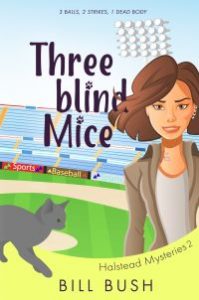Something that’s easy to mix up when reading the Bible is prescribing descriptions. What do I mean by that?
A description is simply telling us what happened. Many passages in the Bible are describing an action or event but not meant for us to replicate it.
For example, in Genesis 9, Noah planted a vineyard, drank some wine, and got drunk. If we read that as a prescription, we might conclude that God wants us to plant a vineyard and get drunk. After all, Genesis 6:8 tells that, “Noah found favor in the eyes of the Lord.”
We know God doesn’t want us to imitate Noah on this occasion because in the New Testament we have a clear prescription, or command, “Do not get drunk on wine, which leads to debauchery.”
Sometimes descriptions can be used to demonstrate prescriptions. In Genesis 39, Joshua ran away out of the house when Potifar’s wife tried to seduce him. From the story, we might conclude that he shouldn’t have left because he ended up being falsely accused of attacking Potifar’s wife and thrown into jail.
Pairing the description of the story with the description (command) found in 1 Corinthians 6:18, “Flee from sexual immorality,” helps clarify the story. Now we can rightly conclude that Joshua’s act was godly even though he suffered greatly because of it.
These are two clear examples of right and wrong actions that would be hard to misinterpret. Later, we’ll look at other descriptions that can, and do, get misunderstood as prescriptions.








